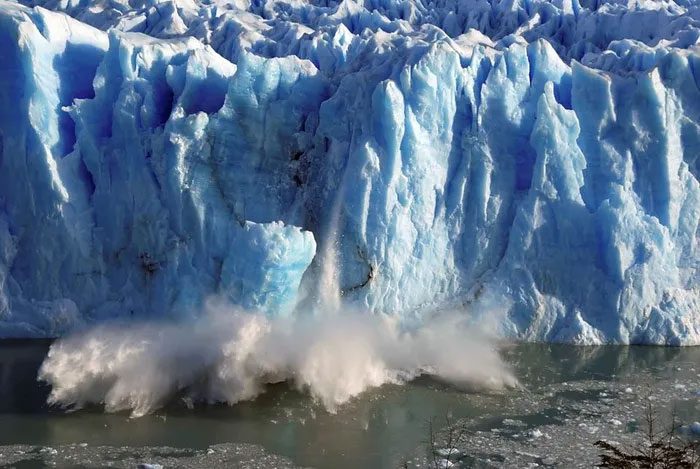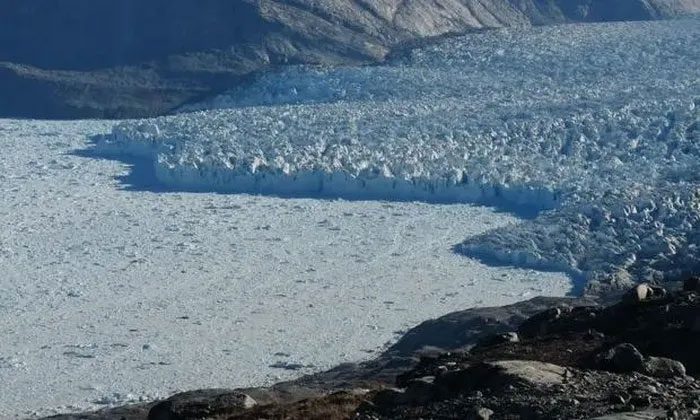According to a study, the next pandemic may not come from bats or rodents, but from viruses trapped in melting ice.

New research indicates many types of viruses exist in ice. (Photo: Reuters).
Genetic analysis from soil and sediment at Lake Hazen—the largest freshwater lake in the Arctic—shows that the risk of spreading new viruses could be higher in areas close to melting glaciers, according to The Guardian.
The study, published in the journal Proceedings of the Royal Society B, suggests that as global temperatures rise due to climate change, it is likely that viruses and bacteria in glaciers and permafrost could revive and infect local wildlife.
In 2016, an anthrax outbreak in northern Siberia (Russia) resulted in the death of a child and infected at least seven others.
The cause of the outbreak was attributed to a heatwave that melted permafrost, allowing the infected remains of a reindeer to come into contact with people. The last recorded outbreak of anthrax in the region prior to that was in 1941.
The research team has not yet determined how many unknown virus types exist in glaciers, nor have they assessed whether these viruses could be pathogenic.

A glacier melting in southwestern Greenland. (Photo: PA).
However, another recent study has demonstrated that there are many unknown viruses existing in ice layers.
In 2021, researchers at Ohio State University (USA) reported finding genetic material from 33 virus types—28 of which were new—in ice samples taken from the Tibetan Plateau in China. Based on their location, these viruses are estimated to be around 15,000 years old.
In 2014, scientists at the French National Center for Scientific Research in Aix-Marseille successfully revived a giant virus they isolated from permafrost in Siberia. This isolation allowed it to infect once again after 30,000 years.
In an interview with BBC, Jean-Michel Claverie, the study’s author, stated at the time that allowing such ice layers to melt could be “a recipe for disaster.”
This September witnessed record ice melting in the Arctic, with temperatures affecting nearly 592,000 square kilometers of ice, according to the Financial Times.
Scientists indicate that this is the largest amount of ice melt occurring in September in the Arctic in nearly four decades.



















































